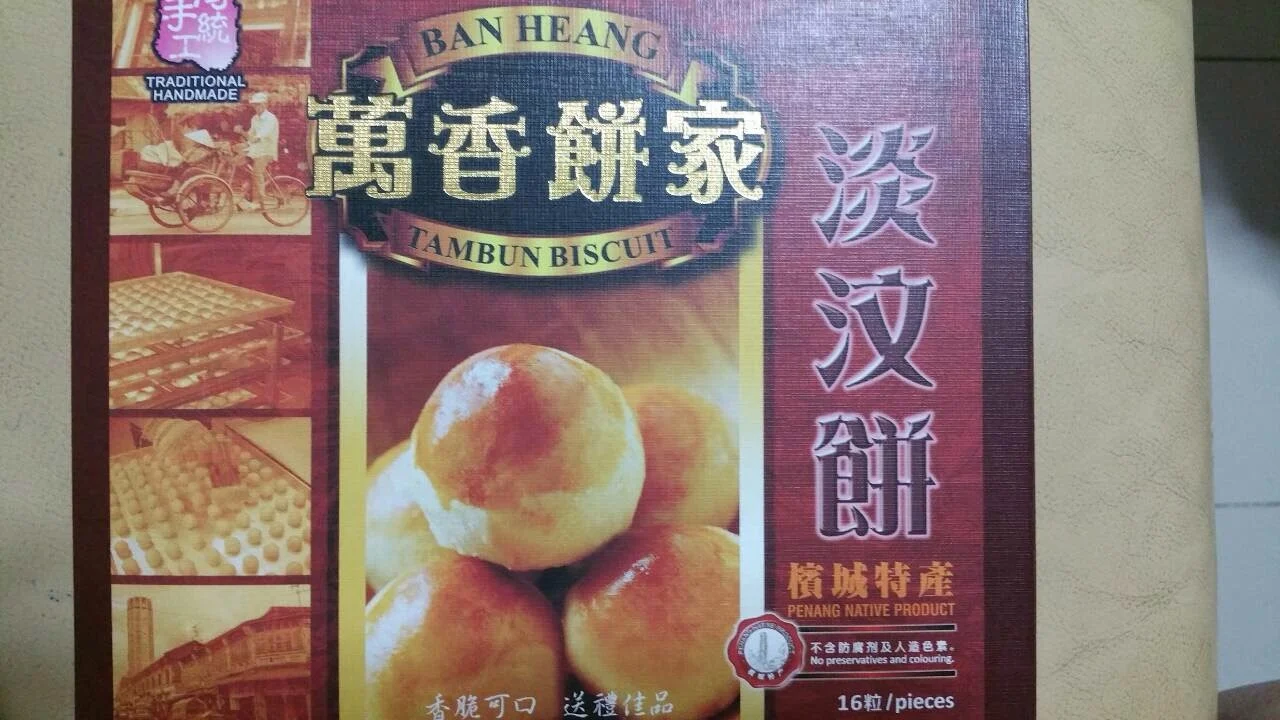 |
| The Tom Yum Kung, with a rich taste and good flavour. |
Northern Thai and Laotian restaurants offer a cuisine which can be refreshingly different from Bangkok or southern Thai dishes. There can be the conspicuous absence or less use of coconut milk and more emphasis on charcoal grilled meats. What captivated me is also their rendition of deep fried battered ice cream, in this case at the Green Peppercorn, served with a garnish of coconut muesli, raisin and butterscotch sauce. I reckon the batter they utilise is much better in texture and flavour than those from Singapore or Chinese restaurants. The Green Peppercorn in Fairfield opened in July 2012 - it is family run, can seat around 150 guests, has parking street side on both sides of the hotel and avoids a capital city feel of congestion.
 |
| Chicken with dipping sauce and a rather outstanding bite below the skin |
Green Peppercorn at the Fairfield Hotel is modern, brash and with a spacious outlook. I love the bird cages hanging over one part of the dining room, albeit sans the singing birds. Fairfield is a working class suburb with a huge IndoChinese and Arab demographic, but also thriving with dynamic small businesses that has a Council overlooking the nearby Cabramatta and Canley Heights areas. The Fairfield Hotel is small and looks like they gave up the original Aussie pub space to this restaurant. The Green Peppercorn does not accept reservation bookings unless you have larger number of diners in your group. My group of four lunchers were served by a smiling Polynesian lady, although I could see the Thai boys and girls also working there. At our neighbouring table, we had a most engaging infant of not more than 6 months old, Jerome, whose smiling manner and big eyes captivated everyone. We had a causal chat with Jerome's parents and they had been to Georgetown Penang - they must be experienced travellers and the Mum mentioned char koay teow she sampled whilst they were in Penang!
 |
| Just before the crowds swarmed in for Saturday lunch! |
The banana flower salad was unusual but I appreciated the cashew nuts mixed in the dish. The deep fried snapper had a generous serving of yummy sliced mango salad accompanying the dish and this was good to eat. My top choice for that that Saturday meal was the charcoal grilled belly pork cuts provided on a bed of wok stir fried kangkong - a wonderful balance of both veg and meat on the same plate! The tom yam prawns stood out in flavourful intensity, although I found them a tad bit salty that day as well. The charcoal grilled chicken was tender and moist under the skin, a most uneasy feat! We noticed a table having glutinous rice steamed in traditional weave miniature baskets, exotic and eye catching. We had steamed ordinary rice to accompany the dines of savoury and spicy tones. We dropped out intentions over ordering the sausages - there are both different Northern Thai and Laotian ones - as we were already having a rather huge and diverse meal.
 |
| I loved the mango salad more than the fish. |
The menu has many choices, ranging from standards like paw paw salads, marinated beef cuts, roast duck red curry, soft shell crab, stir fried noodles, Panang curries, fried rice variations and beef salads to rarer stuff like tom zap soup, cured pork, betel leaf (Miang Kum), charcoal barbecues ox tongue, raw salmon salads and marinated quails. I already eyed the crab meat fried rice and the green chill and basil flavoured mussels for a future visit! The Green Peppercorn is also keen on function gatherings and have banquet menus to cater for such occasions. And for those who may wonder, yes there is connection between the Green Peppercorn and Holy Basil of Canley Heights - Tony!
 |
| What I highly recommend - charcoal grilled pork belly cuts sitting on a bed of kangkong veg. |
The Green Peppercorn is located at the following places in greater Sydney:
Fairfield Hotel - south-west of Sydney CBD at No. 1 Hamilton Road, Fairfield
Civic Hotel - Sydney CBD at level One, 388 Pitt Street, Sydney City centre
Bookings are held for up to 20 minutes after stated reservation time. Licensed and not BYO.
What impressed me - wide variety of menu, friendly service, dishes came out fast and ready change of plates.
What could be better - maybe too much salt in some dishes, or is it just me?
Tip - try to avoid popular rush hour, go for the exotic and anything charcoal grilled is a winner here.
 |
| Banana flower salad with deep fried chicken, cashew nuts and greens. |















































